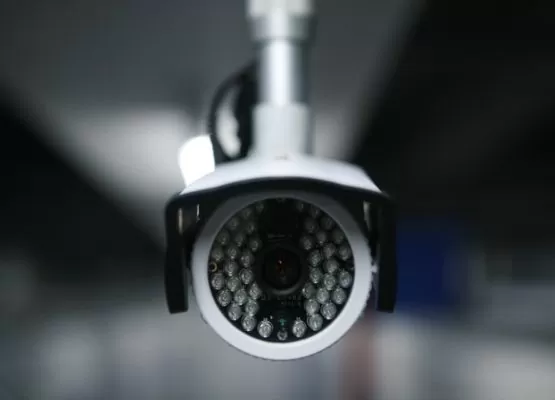Before any security system is installed, a needs analysis should be carried out to ensure that the chosen system meets your requirements. During this study, carried out by an expert, several elements must be determined:
- Strategic areas to be monitored,
- Type of cameras/sensors to be installed,
- Positioning of the cameras/detectors (essential step for cameras on a cable network),
- Location of the video control room or control station…
This study is essential before any installation of a surveillance system. It avoids bad surprises.


The hardware elements to be installed for your video surveillance system:
The installation of a video surveillance system is based on three (3) fundamental steps: the reception, management and visualisation of the images, whatever the system you choose (analogue, digital, IP…). It is recommended that you entrust this task to a specialist, so that you have a guarantee of the quality of the installation, the configuration and the fact that your video surveillance system is immediately operational.
This should include at least :
- One or more cameras covering the areas you wish to monitor;
- An image management device: computer, switch, software;
- A monitor for viewing the images;
You can also add a recording device such as a VCR or DVR and replace the monitor with a computer screen or smartphone. There are many possibilities, which is why it is advisable to seek advice from your supplier or from video surveillance providers.
From a technical point of view, to install your IP cameras you must :
- Give an IP address to the camera or camera server;
- Ensure the configuration of the cameras from a browser because it must be done in HTTP. The camera is like any other internet server, you connect to it via a computer and configure it using the various menus available.
Once all the elements are connected and the configurations are correctly done, your surveillance system is ready to work!

Our other services
Our other services
